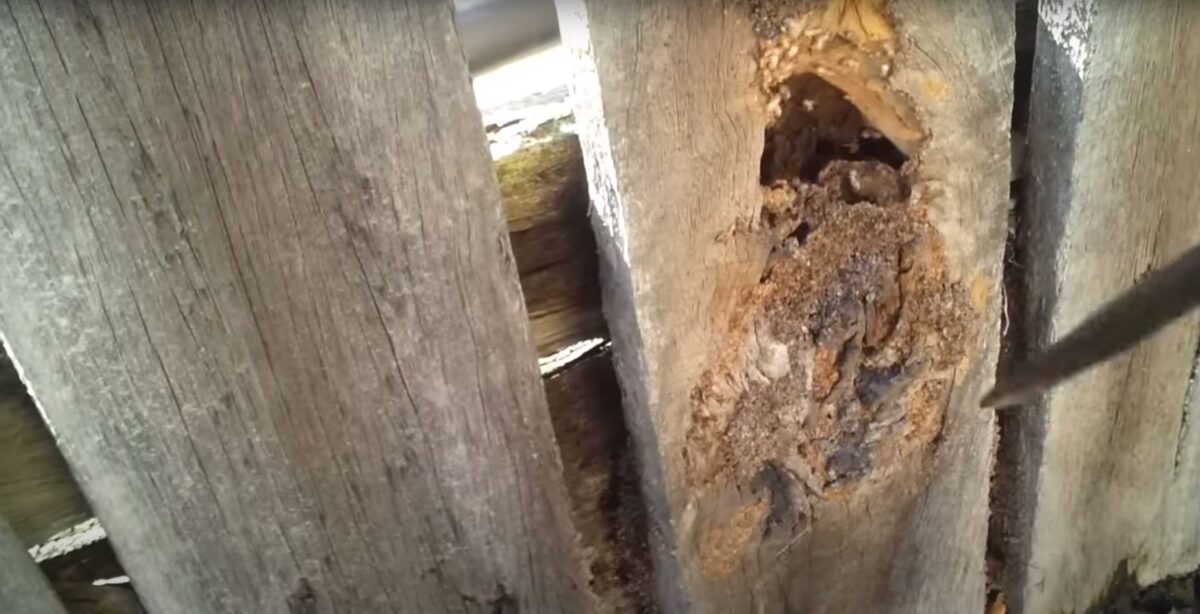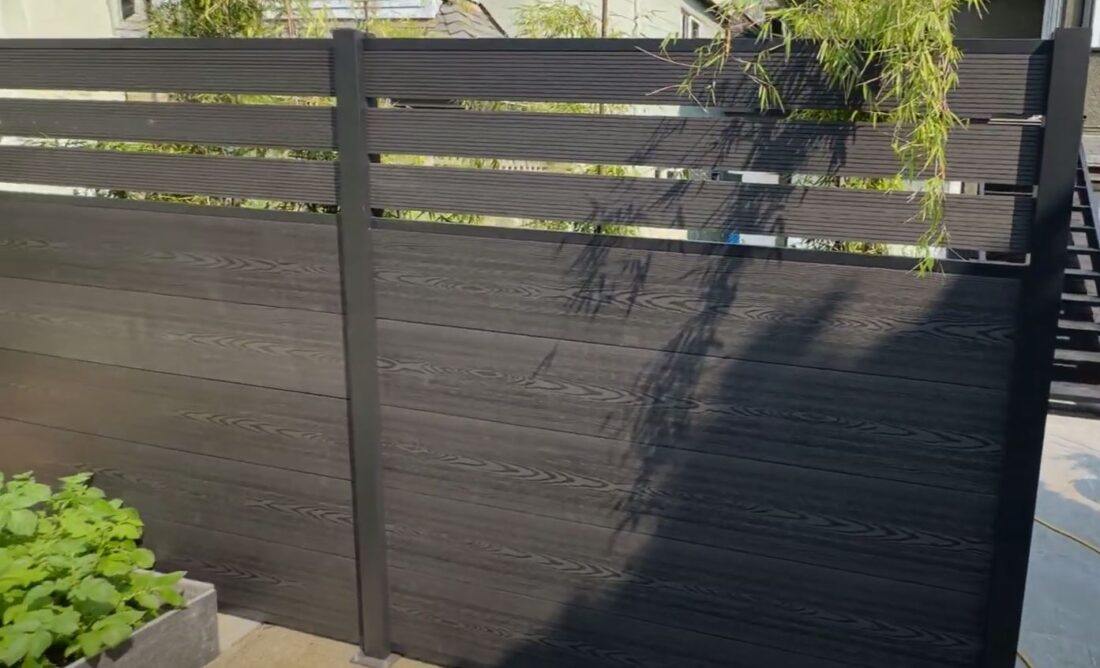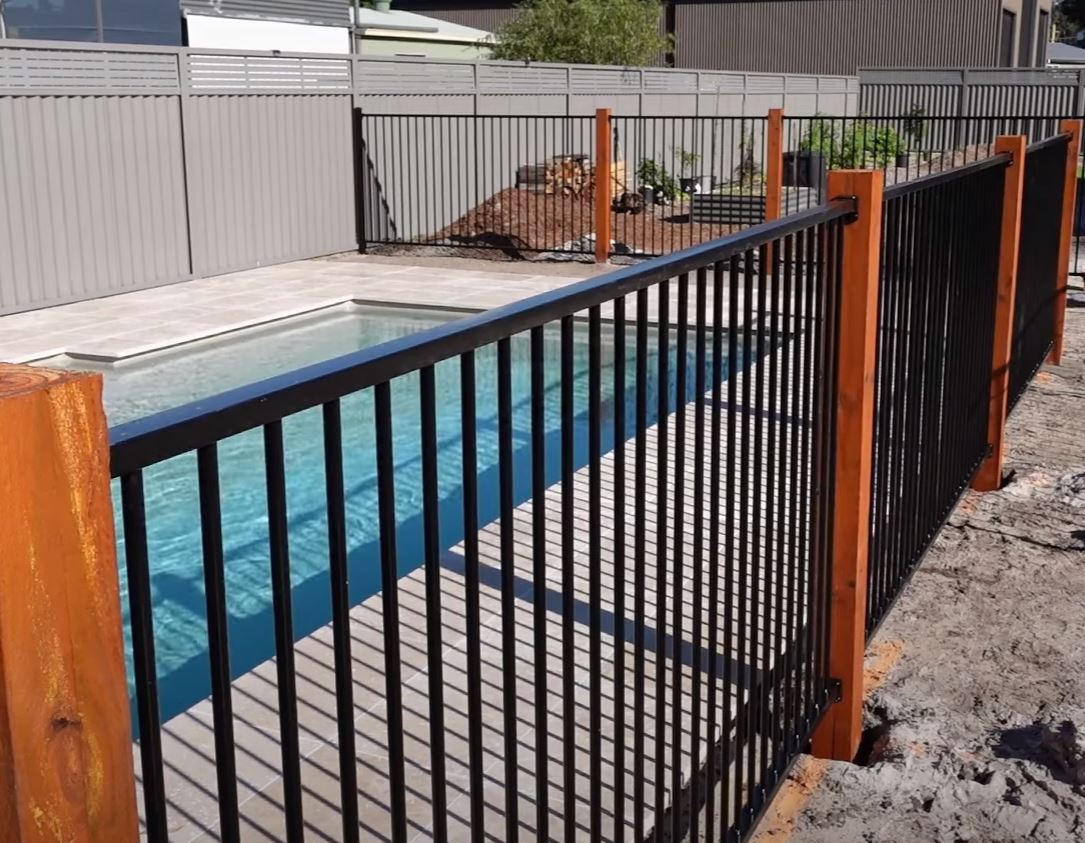Timber Pests in Auckland: What You Need to Know
With Auckland’s humid climate and lush surroundings, timber fences are at risk from a variety of pests. But by being informed, homeowners from Ellerslie to Blockhouse Bay can make decisions that protect their investment.
Borer Beetles: Timber’s Invisible Enemy
- Description: These tiny beetles lay eggs on or just beneath the surface of timber. When larvae emerge, they bore into the wood, creating extensive networks of tunnels.
- Risks: Untreated infestations can weaken fences, leading to structural failures.
- Prevention: Regularly inspect your fence for tiny holes or sawdust, which indicate borer activity. Treating timber with chemicals or using naturally resistant woods can deter these pests.
Termites: The Silent Destroyers
- Description: Termites feed on wood, often causing extensive damage before they’re detected.
- Risks: Severe termite infestations can result in a complete fence replacement.
- Prevention: Regular inspections, using treated timber, and maintaining a termite barrier can help keep these pests at bay.
Fungi and Mould: Not Just an Eyesore
- Description: The damp Auckland climate can encourage fungi and mould growth on timber.
- Risks: Beyond unsightly stains, fungi and mould can weaken the wood.
- Prevention: Opt for mould-resistant paint or treatments and ensure proper drainage to keep timber dry.
Other Nuisance Pests
- Carpenter Bees: These large bees create holes in timber to lay eggs. While not as destructive as borers, they can still cause damage over time.
- Wood Wasps: Similar to carpenter bees, these pests can lay eggs in timber, causing some damage.
Considerations for Auckland Suburbs
In Mt Eden, the well-maintained parks and vegetation can sometimes be a magnet for pests, requiring homeowners to be vigilant about regular fence checks. Meanwhile, in Green Bay, the proximity to the coast might lead to increased moisture, which can attract mould and fungi.
Alternative Fencing Options in Auckland
Vinyl Fencing:
- Pros: Resistant to most pests and requires minimal maintenance.
- Cons: Might not provide the natural look that timber does.
Aluminium Fencing:
- Pros: Extremely durable and not attractive to pests.
- Cons: Can be more expensive initially.
Stone or Brick Walls:
- Pros: Offers excellent durability and no risk of pest infestation.
- Cons: Costlier and might require more time to install.
Comparison of Fencing Types
| Fencing Material | Pest Resistance | Maintenance | Aesthetic |
| Timber fence | Moderate | High | High |
| Vinyl fence | High | Low | Moderate |
| Aluminium fence | High | Low | Moderate |
| Stone/Brick wall | Very High | Low | High |
Mistakes in Pest Identification: Avoiding Common Pitfalls
Auckland’s diverse range of pests means homeowners often attempt to identify these nuisances themselves. Correct identification is crucial for effective pest management. Here are some of the common mistakes made during this process.
Confusing Termites with Flying Ants
- Description: Both termites and flying ants have wings, but their body structures differ significantly.
- Implications: Mistaking flying ants for termites might lead to incorrect treatments, allowing potential termite infestations to continue causing damage.
- Recommendation: Look closely at the body. Termites have a straight waist and straight antennae, while ants have a pinched waist and bent antennae.
Misidentifying Wood Borer Damage
- Description: Borer beetle damage is often confused with other wood-destroying organisms, like fungi or termites.
- Implications: Incorrectly treating for the wrong pest can lead to persistent damage.
- Recommendation: Borer beetles leave small, round exit holes in timber. The presence of frass (a powdery substance) near these holes is a typical sign of their activity.
Mistaking Mould for Insect Activity
- Description: Dark patches or lines on timber can sometimes be mistaken for insect trails, while they are often mould or fungi.
- Implications: Focusing on pest treatments while ignoring mould can lead to health issues and further timber damage.
- Recommendation: Assess the timber’s moisture levels. Mould typically thrives in damp conditions. Ensuring proper ventilation and drainage can prevent its growth.
Confusing Carpenter Bees with Common Bees
- Description: Carpenter bees are often larger and burrow into timber, while common bees create wax hives.
- Implications: Treating for common bees won’t deter carpenter bees, leading to continued timber damage.
- Recommendation: Check for holes in wood structures. If you notice sizeable round openings, you might be dealing with carpenter bees.
Misidentifying the Source of Damage
- Description: Not all timber damage is due to pests. Environmental factors, water damage, or natural wear and tear can also be culprits.
- Implications: Overlooking the real cause can lead to unnecessary treatments and costs.
- Recommendation: Consult a professional, like those at Quality Fencing Auckland, to get an accurate assessment and guidance on appropriate measures.
By sidestepping these common identification errors and seeking expert advice, Aucklanders can better protect their fences and other timber structures, ensuring longevity and reduced maintenance costs.
Protecting Your Investment with Quality Fencing Auckland
Selecting the right fencing material is crucial. But no matter the choice, partnering with a trusted company like Quality Fencing Auckland ensures the best fence installation practices, recommendations for treatments against pests, and expert guidance tailored to Auckland’s unique climate and challenges.
Key Takeaways
- Auckland’s climate can expose timber fences to pests like borer beetles, termites, fungi, and mould.
- Regular inspections and treatments are crucial for timber fence maintenance.
- Several alternative fencing materials offer varying levels of pest resistance and aesthetic appeal.
- Quality Fencing Auckland offers expert guidance and superior installation, ensuring homeowners get the best value and longevity from their fences.
Frequently Asked Questions on Timber Pests in Auckland
How can I distinguish between termite and borer damage?
Termite damage often appears as a honeycomb structure inside the wood, with mud packed into the hollow spaces. Borer damage is characterized by distinct round holes on the timber’s surface, often accompanied by a powdery substance called frass.
Are termites and ants the same thing?
No, termites and ants are different insects. While both can have wings and may seem similar at first glance, they differ in body structure, behaviour, and habitat preferences.
Do all timber fences attract pests?
While timber is a natural material that can attract pests, not all timber fences will face infestations. Regular maintenance, using treated timber, and ensuring proper drainage can reduce the risk significantly.
How often should I inspect my fence for pests?
It’s a good practice to inspect your timber fence at least twice a year. However, if you’ve had previous pest issues or live in a humid area, more frequent checks might be necessary.
What’s the best way to treat mould on fences?
To treat mould, first clean the affected area with a mixture of water and mild detergent. Then, apply a mould-resistant paint or treatment. Ensure the fence has adequate sunlight and air circulation to prevent recurrence.
Are vinyl fences immune to pests?
Vinyl fences are resistant to most of the pests that typically target timber. They won’t attract termites, borers, or fungi, making them a durable and low-maintenance option.
How can I prevent wood wasps from targeting my fence?
Sealing your timber fence with paint or a wood sealant can deter wood wasps. Also, keeping the surrounding area free from decaying wood and other organic materials reduces the attraction.
Is it necessary to replace my fence if I find pests?
Not always. The extent of the damage will dictate the course of action. In some cases, treating the affected area or replacing a section of the fence might suffice. In severe infestations, a complete replacement might be necessary.
Do metal fences offer better protection against pests?
Metal fences, like those made of aluminium, are impervious to termites, borers, and most other pests. They’re a robust option for homeowners seeking durability without the worry of pest-related issues.
Can professionals, like Quality Fencing Auckland, help with pest-related issues?
Absolutely. Quality Fencing Auckland not only assists in fence installations but also provides guidance on selecting the best materials for pest resistance and offers maintenance tips to ensure longevity and reduced pest issues.



